Banks' Rescue Will Be in Their Own Hands
Adelina Marini, May 16, 2013
 One of the big lessons from the crisis in Europe that was not spoken of sufficiently is that in the very beginning the wrong approach was chosen - first individual rescue and then seeking a EU solution. Some countries rushed to rescue their collapsing banking sectors, others were pushed to do so for fears of contagion, nationalisation began, states' defaults and with every next tile of the domino in the eurozone, the situation was getting more and more complicated. The peak was Cyprus where for the first time shareholders were forced to bear part of the responsibility. All this time, a sixth year in a row, the EU has been trying with small steps to build defence mechanisms at a community level to prevent future crises, but the efforts were always softened by the member states fearing to lose national sovereignty.
One of the big lessons from the crisis in Europe that was not spoken of sufficiently is that in the very beginning the wrong approach was chosen - first individual rescue and then seeking a EU solution. Some countries rushed to rescue their collapsing banking sectors, others were pushed to do so for fears of contagion, nationalisation began, states' defaults and with every next tile of the domino in the eurozone, the situation was getting more and more complicated. The peak was Cyprus where for the first time shareholders were forced to bear part of the responsibility. All this time, a sixth year in a row, the EU has been trying with small steps to build defence mechanisms at a community level to prevent future crises, but the efforts were always softened by the member states fearing to lose national sovereignty.
In the beginning, after the first high level G20 summit when measures to enhance financial regulation globally were adopted, the EU was leading the efforts to create a good system for supervision and regulation. Alas, the bodies it established were rather scale models than really capable institutions. June 2012 marks the turning point when the EU finally realised something which is written on the national assembly in Bulgaria "Unification Gives Strength". Then the leaders of the member states agreed to create a banking union. But, please, do not rush thinking that the step the leaders decided to make is big. "This would be a timber-framed, not a steel-framed, banking union", wrote a few days ago German Finance Minister Wolfgang Schäuble in The Financial Times. "But it would serve its purpose and buy time for the creation of a legal base for our long-term goal: a truly European and supranational banking union, with strong, central authorities, and potentially covering the entire single market".
And until the moment for changes in the EU treaties comes, which no one likes to speak of and no one is in a hurry, the construction of the banking union will move, just like now, step by step. What has been done so far and in the eyes of the European institutions was created with enviable speed is the supervisory mechanism for banks which will enter into force in the spring or summer of 2014. It will empower the European Central Bank to see the problems in their very embryo and to react on time. As Jorg Asmussen, member of the ECB executive council, explained recently in the European Parliament economic committee, the situation in Cyprus would have been prevented if there were a supervisory mechanism.
And even before the crucial decisions were taken in the end of June last year, the Commission came up with a proposal for resolution and recovery of ailing financial institutions. Currently Europe is suffering from the worst economic crisis and record high unemployment, lending is tightened. As European Commission Vice President Olli Rehn said recently, Europe has succeeded only partially to repair its financial sector which now acts as a brake for recovery. Work on the draft directive cannot boast the speed with which the supervisory mechanism was adopted which, again, is the result of the national policy of lowering until the storm is gone and if it is not gone, then we will dare give away a particle of our sovereignty. The timeline of the process speaks for itself - on June 6th 2012 the Commission published the proposal. It was viewed for the first time by the EU finance ministers on July 10th 2012. The second discussion in the Council was on May 14th 2013 and the first voting of the accompanying report of the European Parliament will be on May 20th in the economic committee. A possible debate in the plenary can be expected in October.
The essence of the proposal
The main idea behind the proposal is to avoid bailing banks with taxpayers' money and the key elements of it are the creation of a bail-in mechanism (with the participation of the shareholders), rules for coordination between the member states and their national bodies in the cases when it comes to big and trans-border financial institutions, and also about the establishment of national recovery and resolution funds that will work in parallel with the deposit guarantee schemes. The most intriguing of all elements of the proposal is the tool for "self-rescue" which was practically used for the first time before its establishment in Cyprus. The Commission proposes this element to start functioning as of January 1st 2018 to enable all institutions to collect the necessary liabilities.
According to IMF and European Commission calculations, the losses from the crisis in the European banks between 2007 and 2010 amount to almost 1 trillion euros or 8% of the EU gross domestic product. The Union's GDP shrank in 2009, due to the economic recession caused by the financial crisis, by 6%, according to Eurostat. The approved state aid, including guarantees between October 2008 and October 2011 amount to 4.5 trillion euros or 37% of gross domestic product, the Commission has calculated. And the really used state aid, including guarantees, in the period 2008-2010, are estimated to be 1.6 trillion euros or 13% of the European gross domestic product. Of them 409 billion euros is the money for recapitalisation and asset acquisition.
The draft directive requires from the member states to establish ex-ante resolution funds where for a period of 10 years 0.5% of the value of the covered deposits in credit institutions will be collected every year.
The disputes
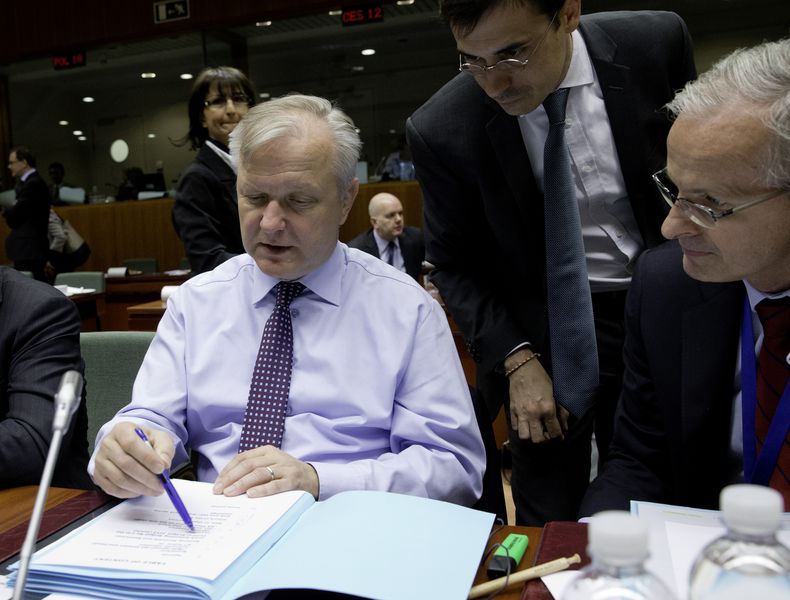 The EU ministers of finance, under pressure by the Irish Presidency, discussed publicly the proposal on May 14th, focusing especially on the bail-in clause. According to the Presidency, there is a general agreement about the scope of the rescue with internal banking resources as a limited list of exceptions is allowed; about the level of the absorption capacity for losses to fit in the scale of exceptions; about the need the deposits up to 100 000 euros to be sacred and be protected in all cases. Not as good looked the situation during the two-hour long debate. In general, there was consensus that an agreement is needed urgently, if possible by June. The main differences, however, were the result of the huge diversity of banking systems as well as the fact that some are in the eurozone while others are not. There was a difference also in terms of preferential treatment of depositors - who should be spared and who will not be when the bail-in mechanism is applied. There were disputes also about when the mechanism should enter into force.
The EU ministers of finance, under pressure by the Irish Presidency, discussed publicly the proposal on May 14th, focusing especially on the bail-in clause. According to the Presidency, there is a general agreement about the scope of the rescue with internal banking resources as a limited list of exceptions is allowed; about the level of the absorption capacity for losses to fit in the scale of exceptions; about the need the deposits up to 100 000 euros to be sacred and be protected in all cases. Not as good looked the situation during the two-hour long debate. In general, there was consensus that an agreement is needed urgently, if possible by June. The main differences, however, were the result of the huge diversity of banking systems as well as the fact that some are in the eurozone while others are not. There was a difference also in terms of preferential treatment of depositors - who should be spared and who will not be when the bail-in mechanism is applied. There were disputes also about when the mechanism should enter into force.
Jorg Asmussen, from the ECB, outlined the following hierarchy for participation of banking resources: shareholders, junior creditors, senior uninsured creditors and only as a last resort the unsecured depositors. The insured depositors should in all cases be protected. ECB warned, however, that the order should not be applied mechanically and the respective bodies should be given the possibility to take into account financial stability and macro economic consequences. Besides, ECB believes that the directive should enter into force from January 1st 2018, as the Commission proposes.
First of the ministers spoke Sweden's Anders Borg, who underscored several important things. The first is that Sweden has for a long time (after the severe Scandinavian banking crisis in the beginning of the 1990s) a system of laws and tools to ensure its financial stability to which Michel Barnier, the internal market commissioner, reacted maliciously saying he was aware that some countries, Sweden among them dealt successfully with their banking crises and that they have merits to share their experience. But it should be born in mind that there is a difference between a national banking crisis and what we are going through right now, Mr Barnier added.
The Swedish banking system is very big, but highly concentrated into mainly four big banks, which work predominantly with external funding. Additionally, Sweden is not a member of the euro area and for this reason it cannot rely on ECB liquidity. Anders Borg believes that if one of the big banks has to be bailed in this would increase the liquidity risk which, for its part, could lead to a systemic risk. The way the Swedish system is structured, it cannot work with the directive. He called for flexibility for the non-euro countries and also more possibilities for national solutions (discretion) to be provided. A proposal which Britain immediately seized.
According to British Treasury Secretary George Osborne, though, flexibility should have some limitations. The lessons from Cyprus, he said, as well as from Iceland and the problems with The Netherlands, show that the insured depositors should be protected. In Cyprus, many of the uninsured depositors were Russian firms which has very complex consequences. There should firmly be preferences for the insured depositors. UK is also against the establishment of an ex-ante recovery fund.
With different views was Spain's Luis De Guindos, according to whom all deposits should be protected because, in his words, if there is a bank run for the deposits below 100 000 euros, the bigger deposits will also be affected. The Spanish minister also said that he preferred the directive to enter into force in 2018. With a different position was Denmark, too, whose minister Margrethe Vestager said that in her country depositors below and above 100 000 euros are equally treated. That is why Denmark is against the preferences for depositors. According to Ms Vestager, the preferential treatment of depositors will transfer greater burden onto bigger institutions. With preferential treatment of depositors there will be lower protection for the big banks, especially those that finance deposit guarantee schemes.
In such a situation, the banks will rely more on deposits as a source of funding which means that they could disappear in seconds. The Czech Republic again took a conservative position saying it does not want any exceptions for discretion (the freedom of action on national level). Prague supports the idea for preferences of depositors, but it does not want harmonisation of insolvency laws. The national recovery funds are resources of the member states and therefore the European legislation should not interfere in the ways they are used. The national bodies should be those who decide how the money from the funds to be used. Besides, Czech Minister Miroslav Kalousek said, the resolution funds should finance the technical aspects of recovery and not to be used for bank recapitalisation.
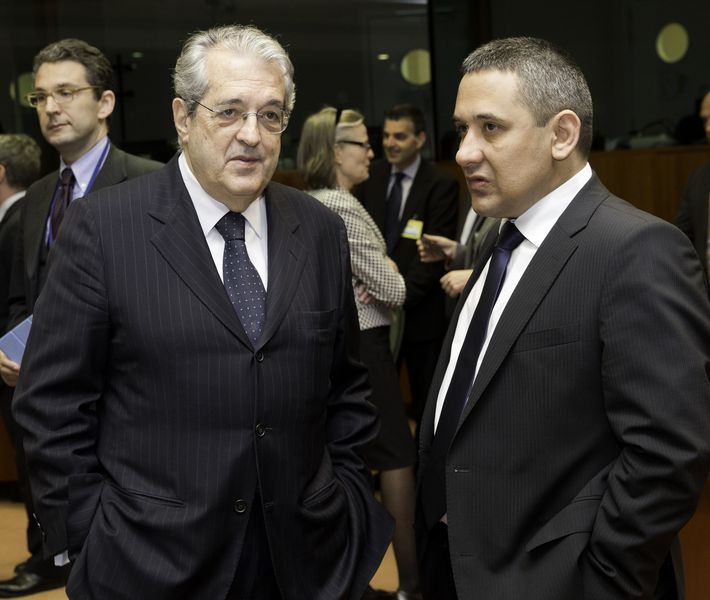 The opinion of the Bulgarian caretaker finance minister, Kalin Hristov, led to a change of the position of Poland which before that was that interventions for the sake of existing shareholders in the form of bank recapitalisation is the most efficient and cheap way to protect deposits. Poland has been collecting a levy from banks for more than 10 years and insists to be able to use the money from its fund instead of establishing a new one. The opinion that Kalin Hristov shared was that a European approach was necessary. He rejected the permanent comparisons with the American experience, saying that the European banking system is very heterogeneous, with a different level of development and that is why a different regime is necessary that will fit the countries with different structure of the banking system and of states that do not have single monetary policy. Bulgaria is such, as it is with a currency board.
The opinion of the Bulgarian caretaker finance minister, Kalin Hristov, led to a change of the position of Poland which before that was that interventions for the sake of existing shareholders in the form of bank recapitalisation is the most efficient and cheap way to protect deposits. Poland has been collecting a levy from banks for more than 10 years and insists to be able to use the money from its fund instead of establishing a new one. The opinion that Kalin Hristov shared was that a European approach was necessary. He rejected the permanent comparisons with the American experience, saying that the European banking system is very heterogeneous, with a different level of development and that is why a different regime is necessary that will fit the countries with different structure of the banking system and of states that do not have single monetary policy. Bulgaria is such, as it is with a currency board.
Mr Hristov explained that the Bulgarian banking system consists of small banks which are predominantly funded by deposits. Therefore, in case of a crisis, the deposits will be withdrawn much before measures for resolution and recovery are undertaken and this will create problems with liquidity and currency. That is why, he proposed, it is best that there are preferences not only for the deposits below but also for those above 100 000 euros as the structures of the banking system impose preferences of deposits that can be combined with ex-ante buffers thus avoiding the risks of 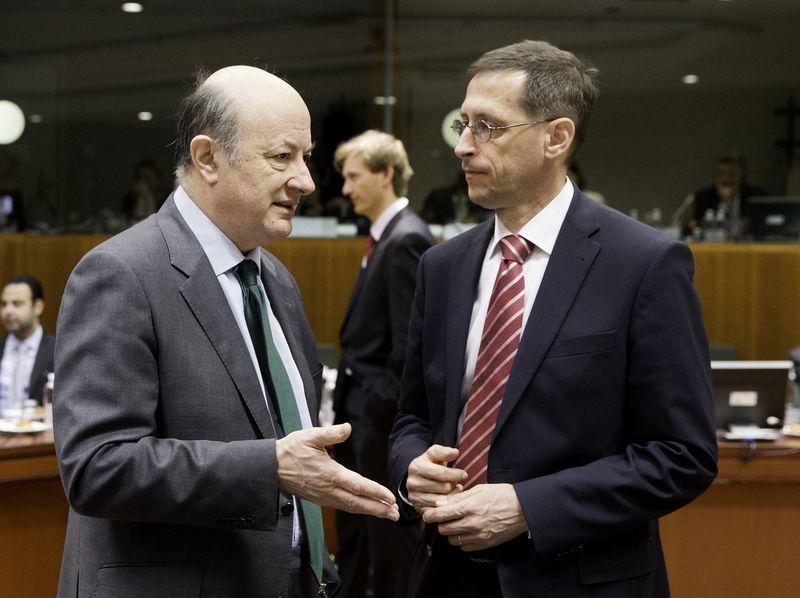 procyclicality. Polish Finance Minister Jacek Rostowski asked the floor a second time to say that he was impressed by the Bulgarian position and to change his statement.
procyclicality. Polish Finance Minister Jacek Rostowski asked the floor a second time to say that he was impressed by the Bulgarian position and to change his statement.
He explained that if a certain order is enshrined this will change the perception of risk and this will destabilise the banks. The Bulgarian statement convinced me that a bigger discretion is a better option which does not mean that there will not be a decision or a sanction by an independent body, the Polish minister added. Maria Fekter, however, minister of finance of Austria, snapped that with flexibility cannot be achieved legal security. If authorities have a chance to exclude some creditors in certain circumstances, there will be no confidence in the system.
Germany expressed a similar position, pointing out that national freedom of action should be restricted as much as possible. French Minister Pierre Moscovici also said that he maintained the entire system to be under European control. The lesson from Cyprus is that it must be clear what will happen with every depositor. Wolfgang Schäuble's position was expressed two days before in a special article in The Financial Times, where he explains the need of a two-stage approach in the construction of the banking union. The reason is that Germany sees hurdles in the European treaties for the creation of the supplement to the resolution and recovery directive - the single resolution and recovery authority. Mr 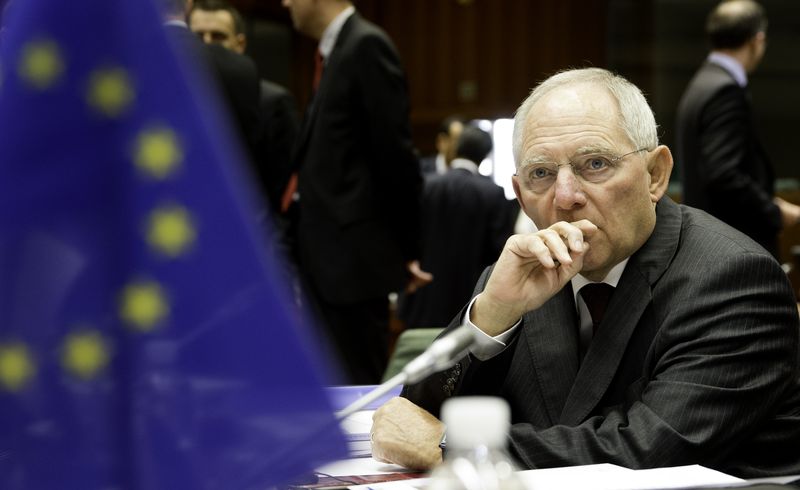 Schäuble believes that the introduction of this authority requires treaty changes. A two-stage approach means to begin with the resolution mechanism, based on a network of national authorities.
Schäuble believes that the introduction of this authority requires treaty changes. A two-stage approach means to begin with the resolution mechanism, based on a network of national authorities.
There will be another meeting on the issue on June 21st, right on the eve of the European Council on June 27 and 28. Ireland obviously hopes it will repeat the success in December when literally in 5 to 12 an agreement was reached about the single supervisory mechanism precisely two days before the final for the year EU summit. The European Parliament is expected to join the discussions, too. Gunnar Hökmark (EPP, Sweden) is a rapporteur on the issue and proposes in his draft of legislative resolution three additional tools: a guarantee of bank liabilities to be used for one or more banks in resolution; capital injections to be used to participate in a recapitalisation of the institution; taking the institution in its entirety into temporary public ownership. His report will be viewed at first reading in the economic committee on May 20th.
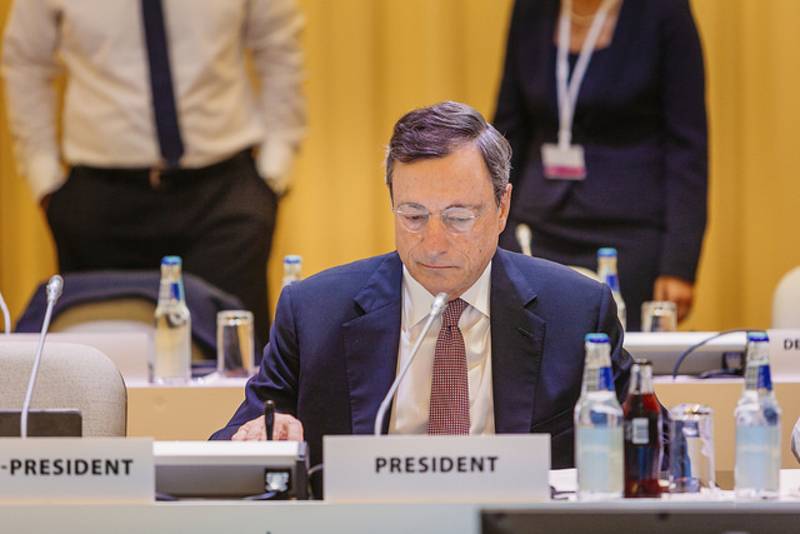 Mario Draghi | © ECB
Mario Draghi | © ECB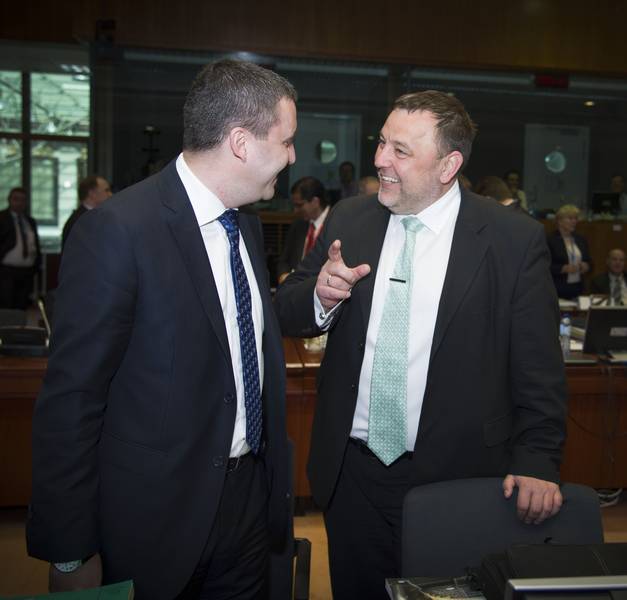 Vladislav Goranov, Sven Sester | © Council of the EU
Vladislav Goranov, Sven Sester | © Council of the EU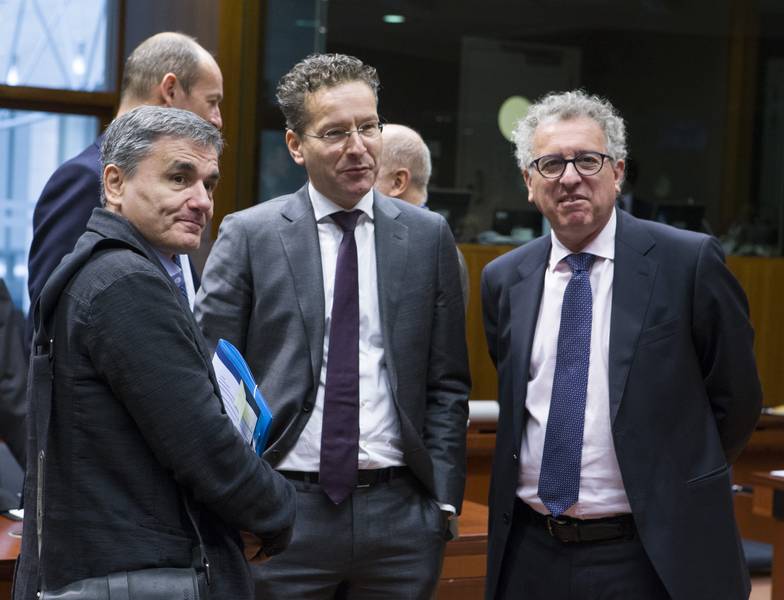 Tsakalotos, Djisselbloem, Gramegna | © Council of the EU
Tsakalotos, Djisselbloem, Gramegna | © Council of the EU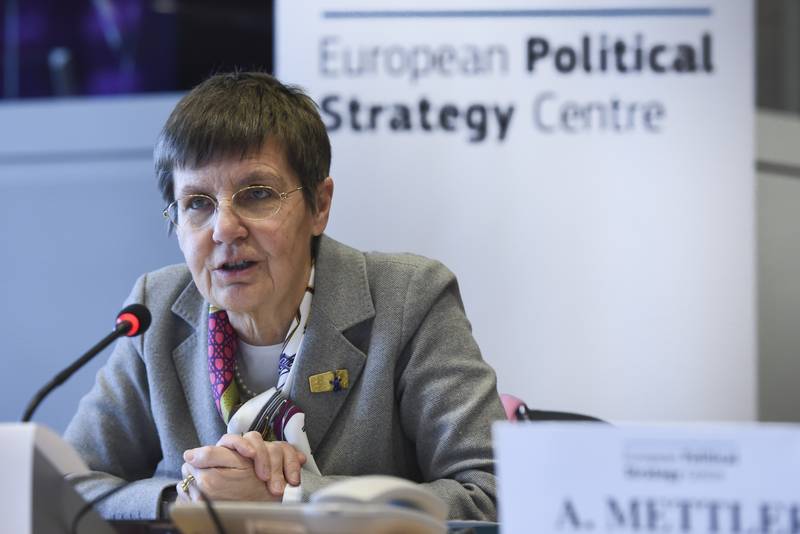 Elke Koenig | © European Commission
Elke Koenig | © European Commission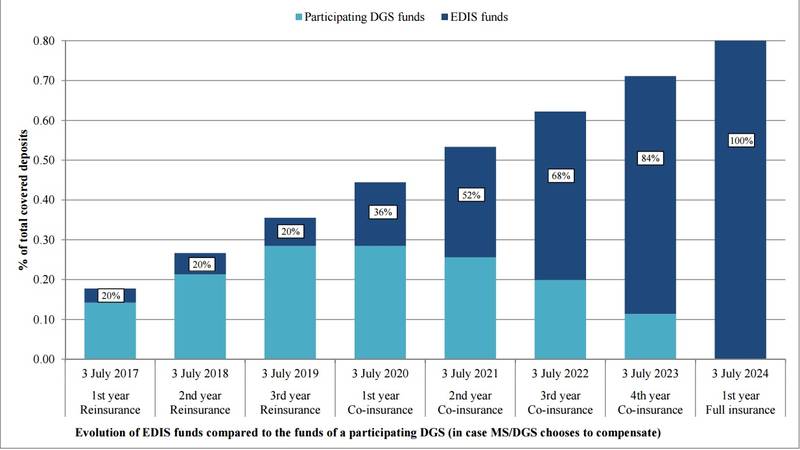 | © European Commission
| © European Commission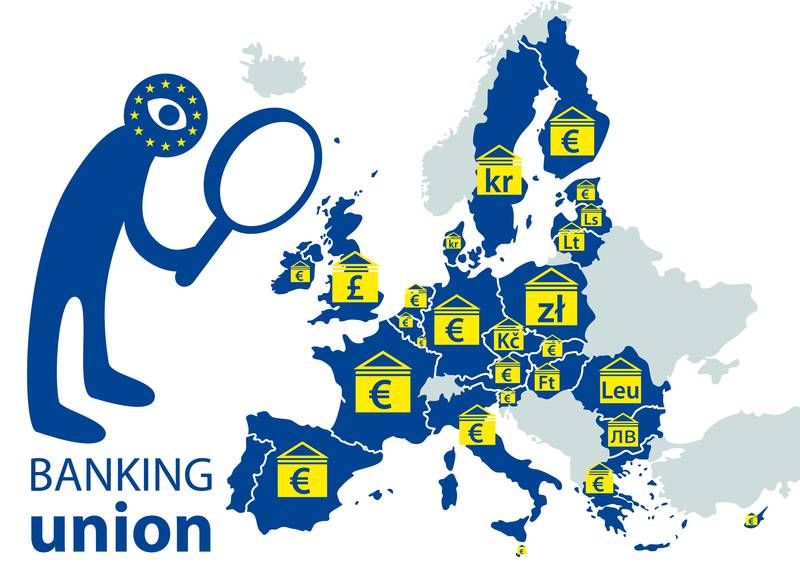 | © European Parliament
| © European Parliament